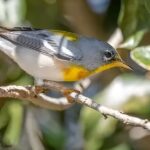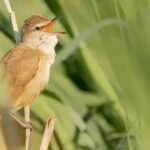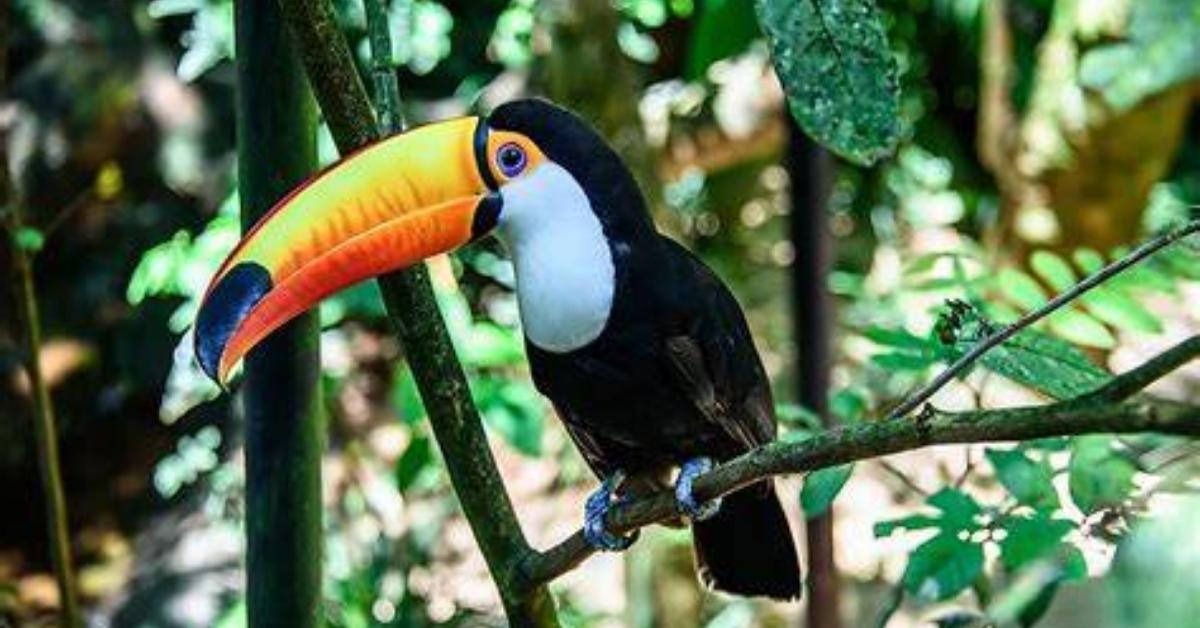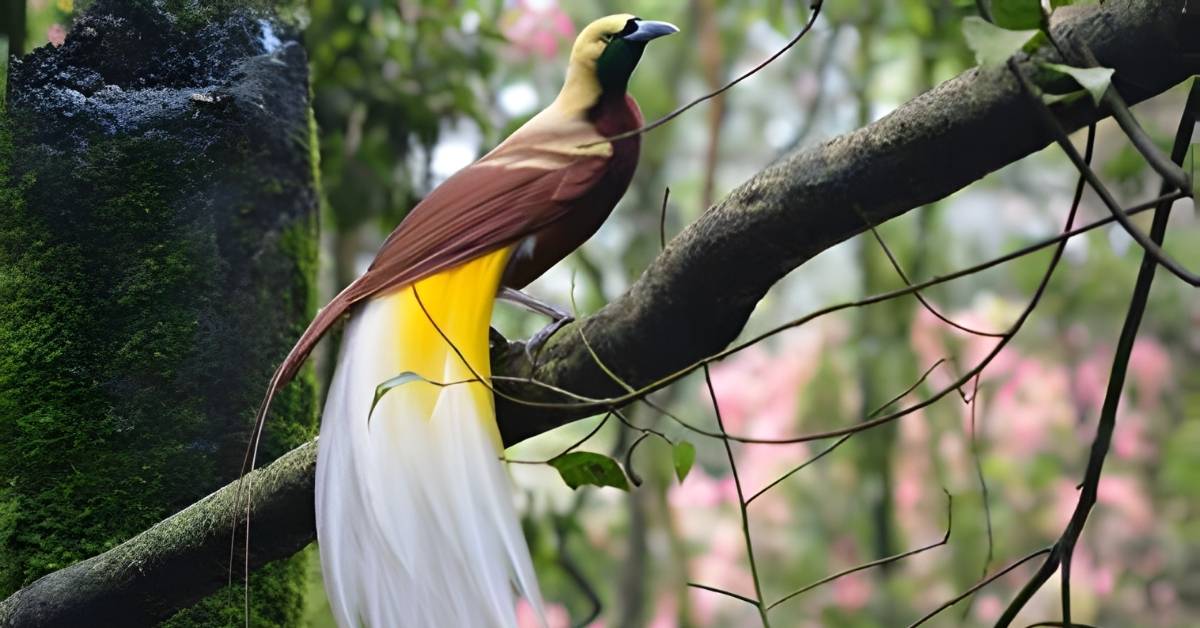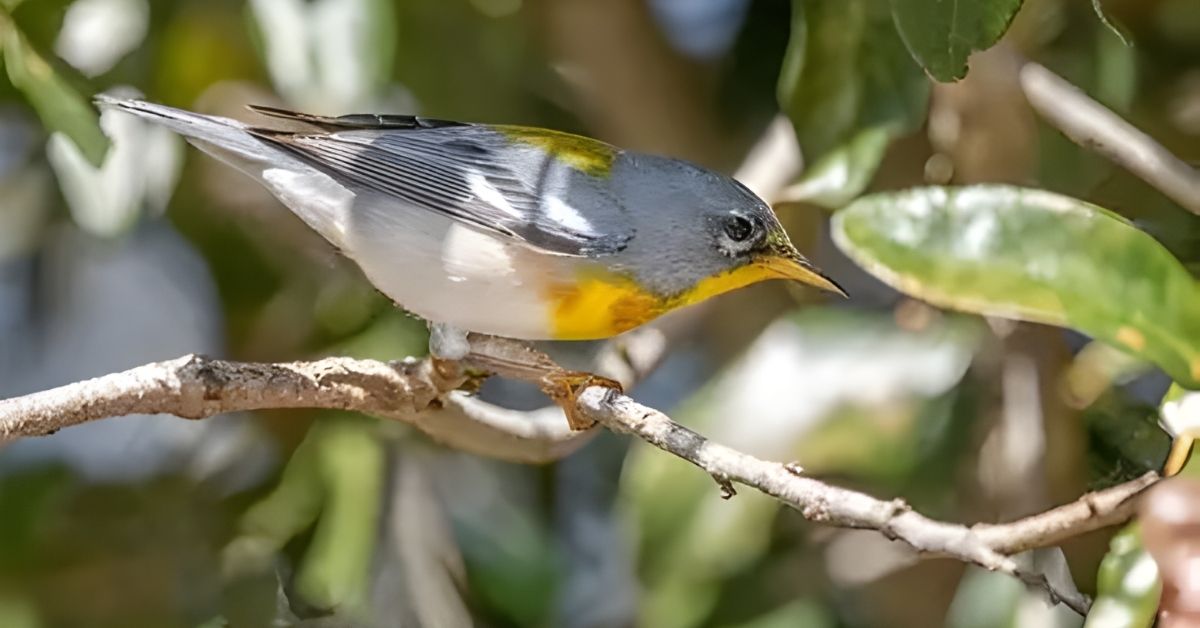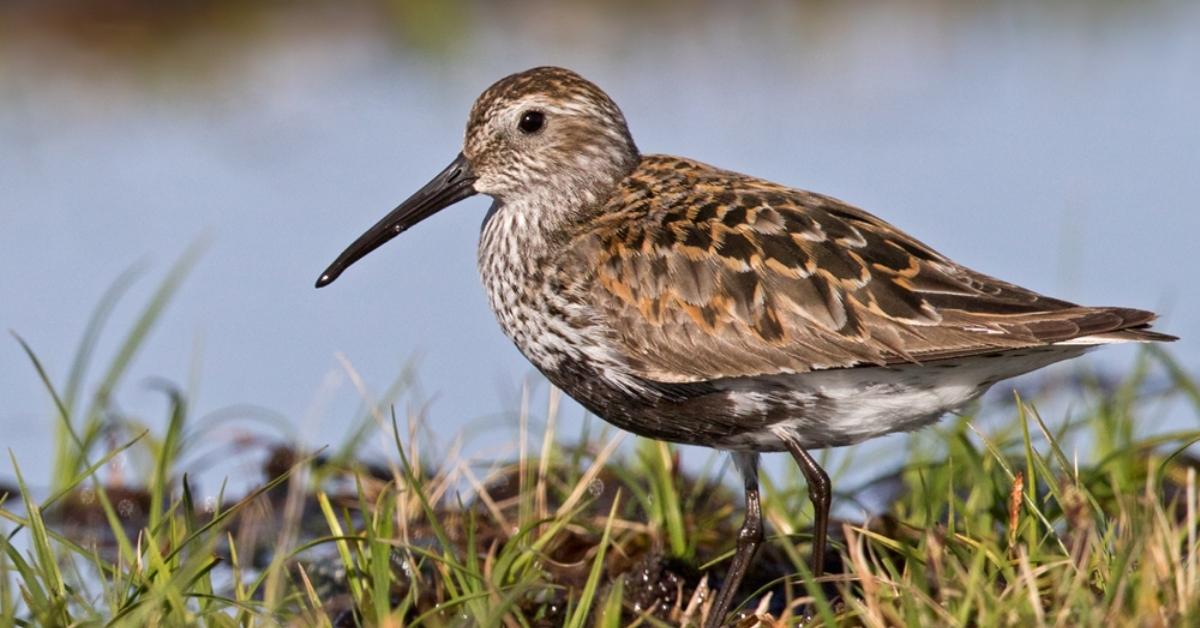If you’re looking for fun and colorful bird knowledge, you’ll love these toco toucan facts. The toco toucan is the largest of all toucans, and it’s one of the most eye-catching birds in South America. With its giant orange bill and striking black and white feathers, it looks like a bird straight out of a cartoon. These toco toucan facts will help you understand why this tropical beauty stands out in the wild.
From eating habits to nesting style, there’s so much to learn. We’ll cover toco toucan facts about their diet, flight, and bright colors. You’ll also discover how they survive in hot weather and why their species is safe from extinction. These toco toucan facts are simple, fun, and perfect if you want to know more about this fascinating bird.
What Does a Toco Toucan Look Like?
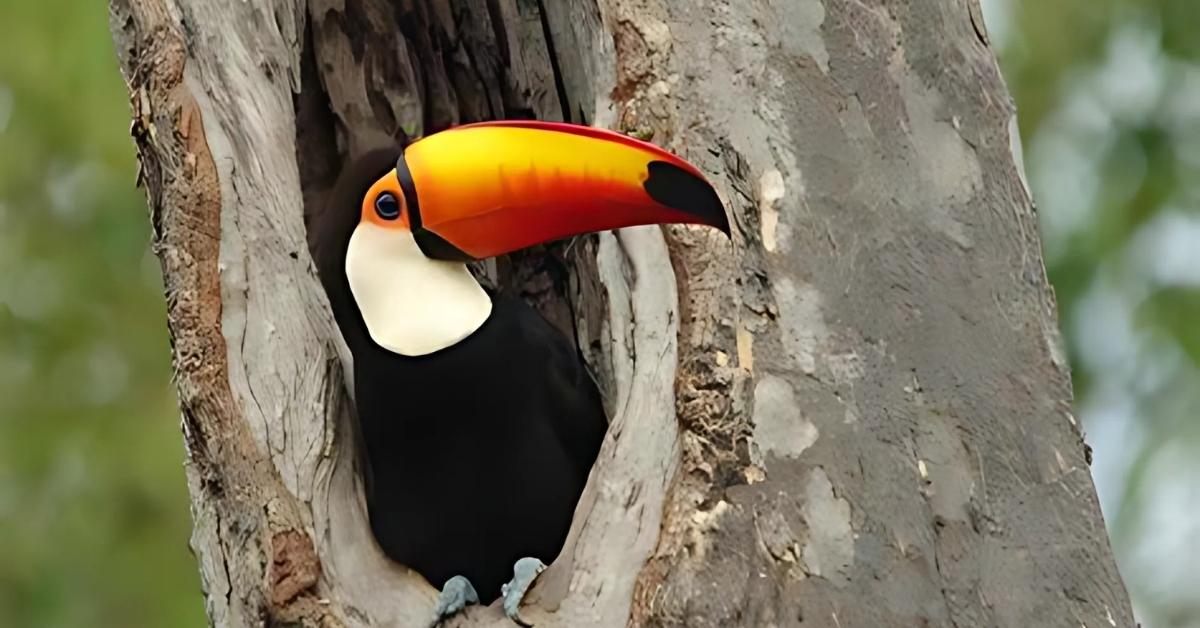
The toco toucan, also called Ramphastos toco, is the largest and best-known member of the toucan family. People often recognize it immediately because of its giant bill and bright colors. On average, the bird reaches about 63.5 cm or 25 in in total length, and individuals usually weigh between 500 and 860 g (around 1.1 to 1.9 lb). That makes it the biggest of all toucans, and yet it still feels surprisingly light because of the unique way its body is built.
Its physical appearance is striking and easy to describe. The bird has a mostly black body, a clean white throat and chest, and fiery red feathers under the tail. Around its eyes sits bare skin, not feathers, and this skin is colored in vivid blue with a ring of orange. The most famous feature is the bill, which measures between 15.8 and 23 cm (or 6 to 9 in) long. Despite its size, the bill feels lightweight because it contains air pockets inside its hollow structure.
Bright Colors-Toco Toucan
The colors of the toco toucan are not only beautiful but also important for survival. Its glowing orange bill and the contrasting black and white body help it stand out in the canopy. Some scientists believe these bright patterns may act as a warning to rivals or as a way to attract mates. They also play a role in communication inside the species, since colors are used almost like visual signals in a forest full of distractions.
For people, the toco toucan has become a tropical icon. Its glowing feathers and oversized beak often appear in artwork, logos, and tourism ads. Just like a rainbow after a storm, the bird’s appearance has a way of drawing attention. This natural beauty is one of the main reasons why travelers love seeing them in South America, from Brazil to Argentina, where they live in open woodlands, savannas, and the edges of rainforest.
Fruit Lovers-Toco Toucan
As true frugivorous birds, toco toucans spend much of their day searching for ripe fruit. The large bill lets them reach pieces of fruit hanging on thin branches that would otherwise be inaccessible. With a gentle toss, they flip the food into their mouths using a long flat tongue, showing off their skill in handling food. They also peel fruit and reach into crevices, giving them an edge over competitors.
Although fruit makes up most of their meals, toucans are also opportunistic. They become omnivorous when necessary, adding small prey like insects, frogs, or even reptiles to their diet. They sometimes raid the nests of other birds, stealing eggs or even tiny nestlings. This curious and adaptive feeding style makes them both fascinating and unpredictable, almost like picky eaters who suddenly decide to sample everything on the table.
Tree Nesters-Toco Toucan
When it comes to raising young, the toco toucan depends heavily on tree cavities. They make their nests in natural hollows or in openings created by woodpeckers. Sometimes several birds may even share a single hollow, which shows how flexible their breeding behavior can be. Each breeding season, the female lays between 2 and 4 eggs, which both parents take turns to protect.
The incubation lasts about 16 to 20 days, and then the chicks hatch. At first, they have no feathers, and their eyes stay closed for weeks. But within 6 to 8 weeks, the young grow stronger, sprout feathers, and prepare to leave the nest. By 2 to 4 years, they reach sexual maturity, ready to start their own breeding cycle. It is a long journey from helpless chick to adult, but this careful process ensures survival in the crowded treetop world.
Also Read This: Small Birds with Long Beaks
Toco Toucan -Small Flocks
Rather than traveling in massive groups, the toco toucan prefers company in small flocks. These little gatherings often move through the canopy together, hopping between branches in search of food. Living in smaller numbers allows them to avoid drawing too much attention from predators like hawks, snakes, or even jaguars that may be lurking in the canopies.
Within these flocks, the birds show a playful side. They sometimes engage in “bill fencing,” tapping their large beaks against each other in what looks like a friendly contest. Their noisy calls echo across the forest, making them easy to locate even if you can’t see them. This flock lifestyle offers both social bonding and extra safety, especially in regions of Bolivia, Paraguay, and beyond.
Hot Weather Coolers-Toco Toucan
One of the most surprising toco toucan facts is how their enormous beak acts like a built-in air conditioner. Thanks to clever thermoregulation, they can control blood flow in the bill to either release or store heat. On hot days, more blood moves through the bill, allowing excess warmth to escape. On cooler nights, they restrict flow to conserve heat, keeping themselves comfortable.
Think of it like adjusting the vents in your car: open them wide in summer, shut them down when you need warmth. This system gives the toucan an edge in the hot, humid climates of central and eastern South America, where temperatures rise quickly. Nature has essentially designed the perfect tropical cooler into their own bodies.
Not Great Fliers-Toco Toucan
Even though their looks are impressive, toco toucans are not strong fliers. Their large bills and relatively short wings make long journeys hard. Instead of soaring like eagles, they usually hop from branch to branch. When they do take off, it’s often in short bursts of sustained flight, followed by a gentle glide over short distances.
This way of moving suits them perfectly because most of their life happens high in the trees. Why spend energy flying far when food and shelter are nearby? By staying close to fruit trees and nesting hollows, they save energy and avoid unnecessary risks. It’s another example of how animals adapt their behavior to their environment.
Curious Eaters-Toco Toucan
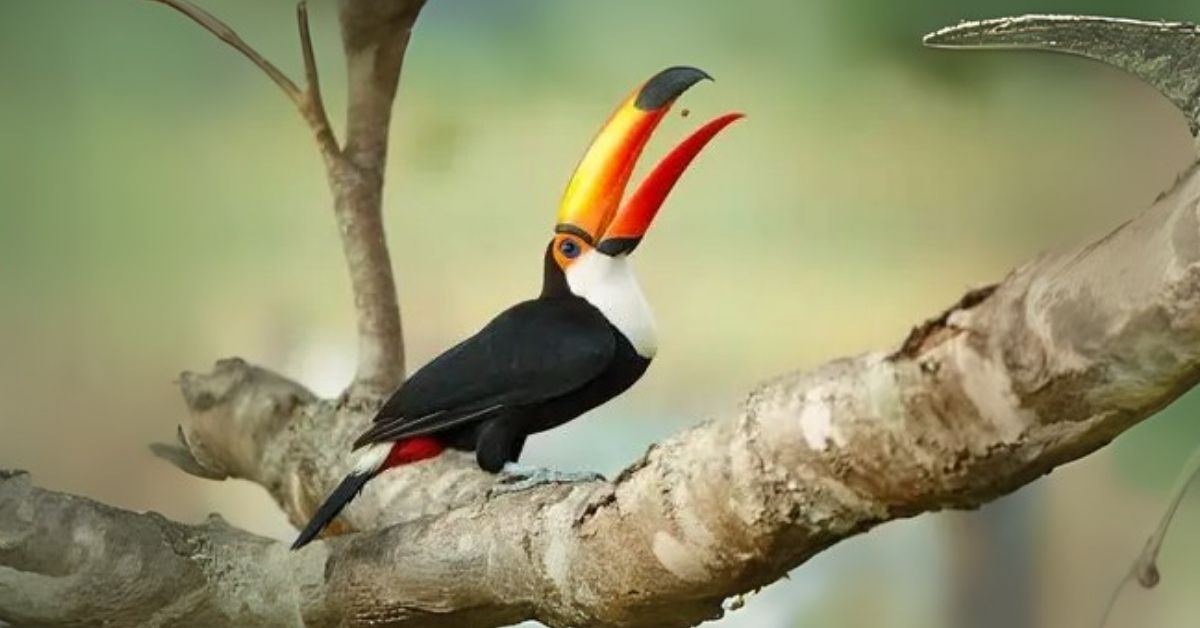
The toco toucan is famous for being curious at mealtimes. Besides their love for fruit, they often investigate anything that looks edible. Their bills let them poke into cracks in tree bark, stretch into hard-to-reach spots, and even scare away other animals trying to reach the same food. This curiosity sometimes leads them to raid nests, searching for eggs or tiny hatchlings.
Such habits may sound harsh, but in the competitive rainforest, survival often depends on bold choices. Their omnivorous diet allows them to handle changing food supplies, whether it’s a bumper crop of berries or a lean season where only insects and small prey are available. Like clever foragers, they test their environment constantly.
Toco Toucan-Safe Species
Unlike many tropical birds that face extinction, the toco toucan is considered a Least Concern species on the global conservation status scale. While it isn’t endangered, it still faces threats from habitat loss, deforestation, and even illegal capture for the pet trade. Yet, their wide range across South America has helped them remain more stable compared to other colorful species.
They can live up to 20 years in the wild or in captivity, provided they avoid predators such as eagles, hawks, and snakes. Their resilience also comes from adaptability—they survive in forests, plantations, and even areas with scattered trees. Conservation programs and ecotourism play an important role in keeping these birds safe, reminding us that protecting forests ultimately protects the toucans too.
FAQs
How fast can a toucan fly?
Toucans aren’t strong fliers. They usually move in short flights of about 40 miles per hour.
How many Toco toucans are left?
The exact number isn’t known, but the species is listed as Least Concern, so their population is still stable in the wild.
What is the toco toucan known for?
The toco toucan is best known for its huge colorful bill, bright feathers, and love of fruit.
Conclusion
Now you know many amazing toco toucan facts. This bird has a black body, a white throat and chest, and a giant orange bill. It lives in South America, in places like Brazil, Paraguay, and Argentina. You learned toco toucan facts about how it eats fruit, insects, and even eggs. You also saw how it uses thermoregulation and blood flow in the bill to control temperature.
These toco toucan facts show why the bird is so special. It makes nests in tree hollows and lives up to 20 years in the wild. It is a Least Concern species, not endangered, but faces threats like deforestation. Remember these simple toco toucan facts and share them with friends.

Spiritual Vora shares deep insights on dreams, angel numbers, spiritual meanings, and inner healing. Our mission is to guide souls toward clarity, growth, and divine connection through uplifting and enlightening content.



